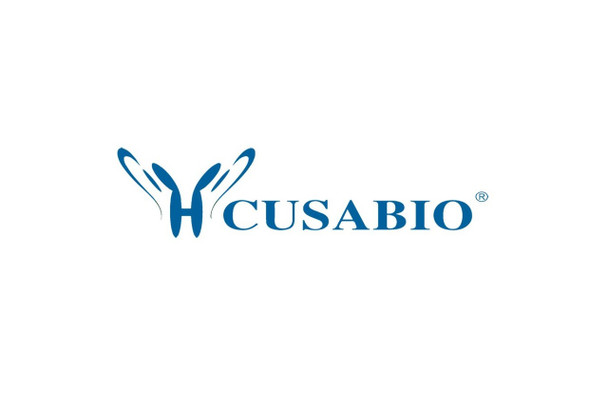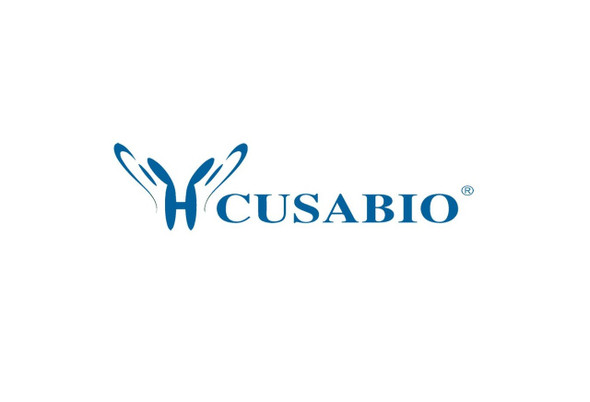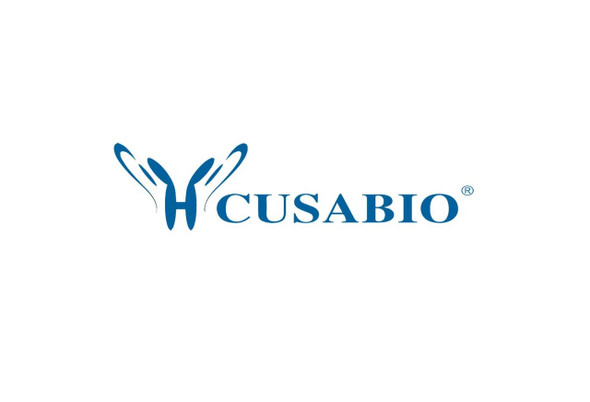Cusabio Human Recombinants
Recombinant Human Acylamino-acid-releasing enzyme (APEH) | CSB-EP001899HU
- SKU:
- CSB-EP001899HU
- Availability:
- 3 - 7 Working Days
Description
Recombinant Human Acylamino-acid-releasing enzyme (APEH) | CSB-EP001899HU | Cusabio
Alternative Name(s): Acyl-peptide hydrolase (APH) (Acylaminoacyl-peptidase) (Oxidized protein hydrolase) (OPH) (D3F15S2) (D3S48E) (DNF15S2)
Gene Names: APEH
Research Areas: Others
Organism: Homo sapiens (Human)
AA Sequence: MERQVLLSEPEEAAALYRGLSRQPALSAACLGPEVTTQYGGQYRTVHTEWTQRDLERMENIRFCRQYLVFHDGDSVVFAGPAGNSVETRGELLSRESPSGTMKAVLRKAGGTGPGEEKQFLEVWEKNRKLKSFNLSALEKHGPVYEDDCFGCLSWSHSETHLLYVAEKKRPKAESFFQTKALDVSASDDEIARLKKPDQAIKGDQFVFYEDWGENMVSKSIPVLCVLDVESGNISVLEGVPENVSPGQAFWAPGDAGVVFVGWWHEPFRLGIRFCTNRRSALYYVDLIGGKCELLSDDSLAVSSPRLSPDQCRIVYLQYPSLIPHHQCSQLCLYDWYTKVTSVVVDVVPRQLGENFSGIYCSLLPLGCWSADSQRVVFDSAQRSRQDLFAVDTQVGTVTSLTAGGSGGSWKLLTIDQDLMVAQFSTPSLPPTLKVGFLPSAGKEQSVLWVSLEEAEPIPDIHWGIRVLQPPPEQENVQYAGLDFEAILLQPGSPPDKTQVPMVVMPHGGPHSSFVTAWMLFPAMLCKMGFAVLLVNYRGSTGFGQDSILSLPGNVGHQDVKDVQFAVEQVLQEEHFDASHVALMGGSHGGFISCHLIGQYPETYRACVARNPVINIASMLGSTDIPDWCVVEAGFPFSSDCLPDLSVWAEMLDKSPIRYIPQVKTPLLLMLGQEDRRVPFKQGMEYYRALKTRNVPVRLLLYPKSTHALSEVEVESDSFMNAVLWLRTHLGS
Source: E.coli
Tag Info: N-terminal 6xHis-tagged
Expression Region: 1-732aa
Sequence Info: Full Length
MW: 85.2 kDa
Purity: Greater than 85% as determined by SDS-PAGE.
Relevance: This enzyme catalyzes the hydrolysis of the N-terminal peptide bond of an N-acetylated peptide to generate an N-acetylated amino acid and a peptide with a free N-terminus. It preferentially cleaves off Ac-Ala, Ac-Met and Ac-Ser.
Reference: "Genetic relationship between acylpeptide hydrolase and acylase, two hydrolytic enzymes with similar binding but different catalytic specificities." Jones W.M., Scaloni A., Bossa F., Popowicz A.M., Schneewind O., Manning J.M. Proc. Natl. Acad. Sci. U.S.A. 88:2194-2198(1991)
Storage: The shelf life is related to many factors, storage state, buffer ingredients, storage temperature and the stability of the protein itself. Generally, the shelf life of liquid form is 6 months at -20?/-80?. The shelf life of lyophilized form is 12 months at -20?/-80?.
Notes: Repeated freezing and thawing is not recommended. Store working aliquots at 4? for up to one week.
Function: This enzyme catalyzes the hydrolysis of the N-terminal peptide bond of an N-acetylated peptide to generate an N-acetylated amino acid and a peptide with a free N-terminus. It preferentially cleaves off Ac-Ala, Ac-Met and Ac-Ser.
Involvement in disease:
Subcellular Location: Cytoplasm
Protein Families: Peptidase S9C family
Tissue Specificity:
Paythway:
Form: Liquid or Lyophilized powder
Buffer: If the delivery form is liquid, the default storage buffer is Tris/PBS-based buffer, 5%-50% glycerol. If the delivery form is lyophilized powder, the buffer before lyophilization is Tris/PBS-based buffer, 6% Trehalose, pH 8.0.
Reconstitution: We recommend that this vial be briefly centrifuged prior to opening to bring the contents to the bottom. Please reconstitute protein in deionized sterile water to a concentration of 0.1-1.0 mg/mL.We recommend to add 5-50% of glycerol (final concentration) and aliquot for long-term storage at -20?/-80?. Our default final concentration of glycerol is 50%. Customers could use it as reference.
Uniprot ID: P13798
HGNC Database Link: HGNC
UniGene Database Link: UniGene
KEGG Database Link: KEGG
STRING Database Link: STRING
OMIM Database Link: OMIM










